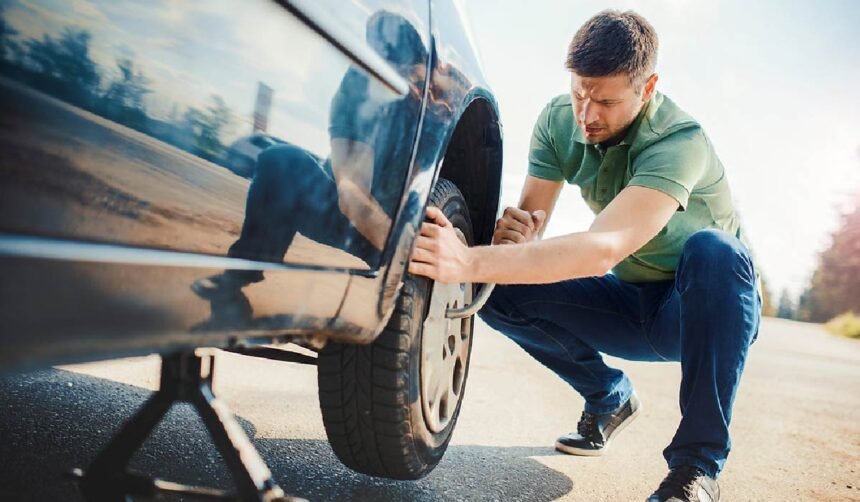Replacing rear wheels may seem straightforward, but overlooking key steps or using the wrong approach can create bigger problems down the road. From damaging surrounding components to compromising safety, mistakes during wheel replacement are more common than many drivers realize. Whether you’re a DIY enthusiast or simply want to understand what goes into the process, knowing what not to do is just as important as knowing what to do.
Simple errors like skipping brake inspections or forgetting to properly torque lug nuts can turn a routine job into a costly repair. Paying attention to details — such as ensuring your rear wheel seal is intact — ensures your replacement job is successful and safe.
Using the Wrong Tools or Parts
- Improvising Instead of Using the Right Tools
One of the most common mistakes is trying to remove locking lug nuts without the correct equipment. Using makeshift tools can strip the nuts or damage the wheels. Investing in a proper tool to take off wheel locks ensures the job is done quickly and without unnecessary damage. - Not Matching Wheel Size and Specifications
Wheels must match your vehicle’s specifications to maintain handling, safety, and performance. Installing the wrong size or type of wheel can put stress on suspension components, lead to uneven tire wear, or even cause vibration issues at higher speeds. - Forgetting About Torque Specs
Tightening lug nuts “by feel” instead of using a torque wrench is a critical mistake. Under-tightened lug nuts can loosen while driving, while over-tightened ones can warp the brake rotors or damage the studs. Always follow manufacturer torque specifications for your vehicle. - Overlooking Seals and Bearings
Replacing a wheel is the perfect time to inspect related components. A worn-out rear wheel seal can cause leaks, leading to contamination of brake parts and premature wear. Addressing these parts during replacement prevents bigger issues later. - Ignoring Vehicle-Specific Instructions
Each vehicle has its own requirements for wheel installation. Skipping steps or assuming all vehicles are the same can cause misalignment or unsafe conditions. Always consult your owner’s manual or repair guide for specific directions.
Neglecting to Inspect Brakes
- Overlooking the Rear Wheel Cylinder
During wheel replacement, brake components are often right in plain view — yet they’re sometimes ignored. The rear wheel cylinder is a critical part of drum brake systems. If it shows signs of leaking or wear, replacing it during wheel service saves time and prevents future brake failures. - Skipping a Brake Pad or Shoe Check
It’s easy to get focused on the wheels themselves and forget about brake pads or shoes. Worn pads not only reduce stopping power but also damage rotors or drums if neglected. Inspecting them during wheel replacement gives you the chance to address wear before it becomes a safety concern. - Forgetting to Clean and Lubricate
Brake components accumulate dust and debris over time. A quick cleaning and proper lubrication of sliding components can restore smooth braking performance. Skipping this step often results in squeaks, uneven wear, or sticking brakes. - Ignoring Brake Fluid Leaks
Leaks around the brakes are a red flag. Even a small fluid leak can reduce braking efficiency and create a dangerous situation. If you notice any moisture, address it immediately rather than assuming it’s minor. - Not Road Testing After Replacement
After installing rear wheels and checking the brakes, always perform a road test. This ensures the wheels are secure, brakes function properly, and no abnormal vibrations or noises occur. Skipping this step leaves room for small mistakes to go unnoticed until they cause bigger problems.
Final Thoughts
Rear wheel replacement might seem like a simple task, but cutting corners can have serious consequences. Using the correct tools, inspecting seals, and tightening lug nuts to proper torque specs all help ensure your wheels are installed safely. Taking a few extra minutes to inspect the brakes, especially components like the wheel cylinder, adds an additional layer of safety and reliability.
By avoiding these common mistakes, you’ll not only extend the life of your wheels and brakes but also keep your vehicle safe on the road. A careful, thorough approach pays off every time.







